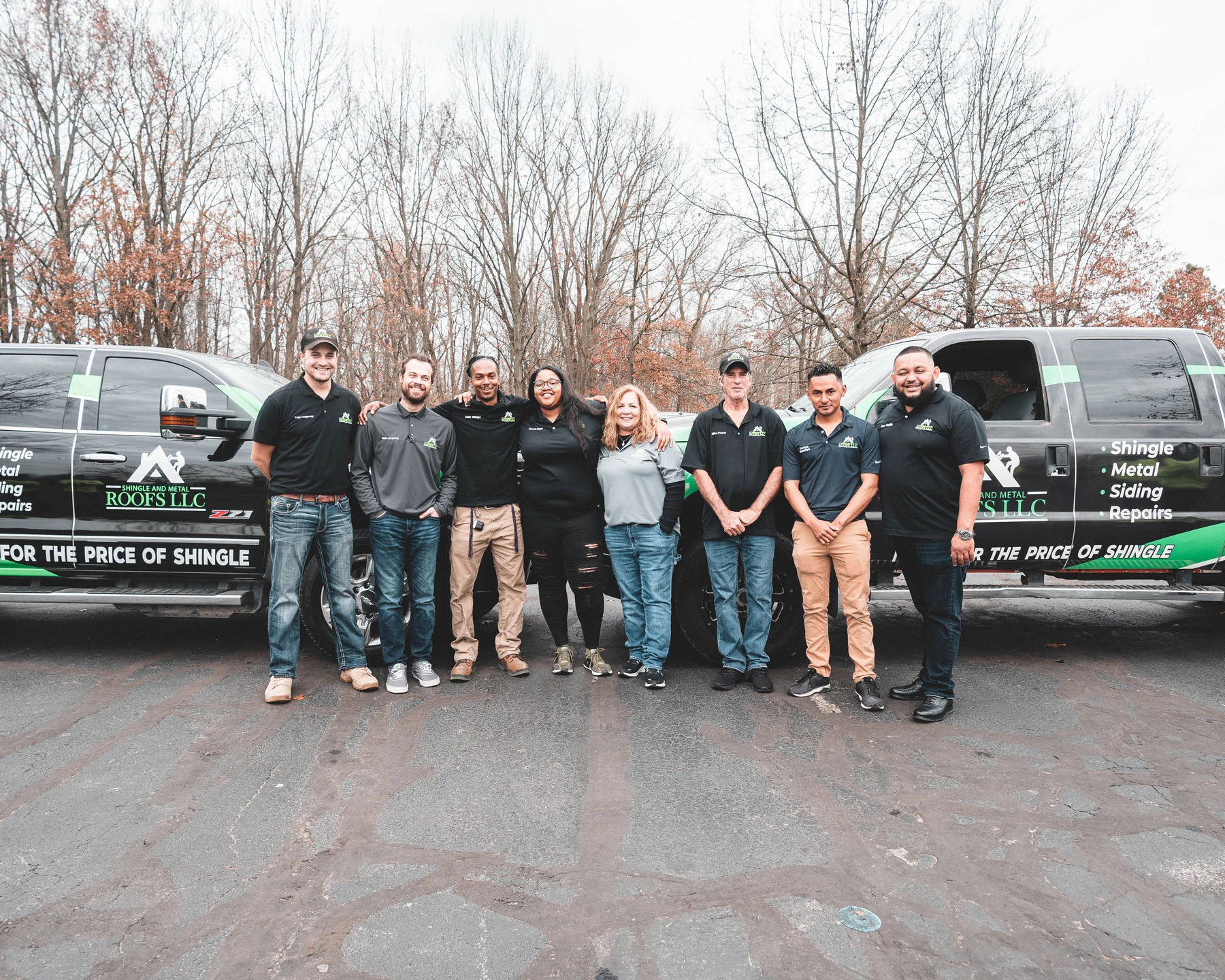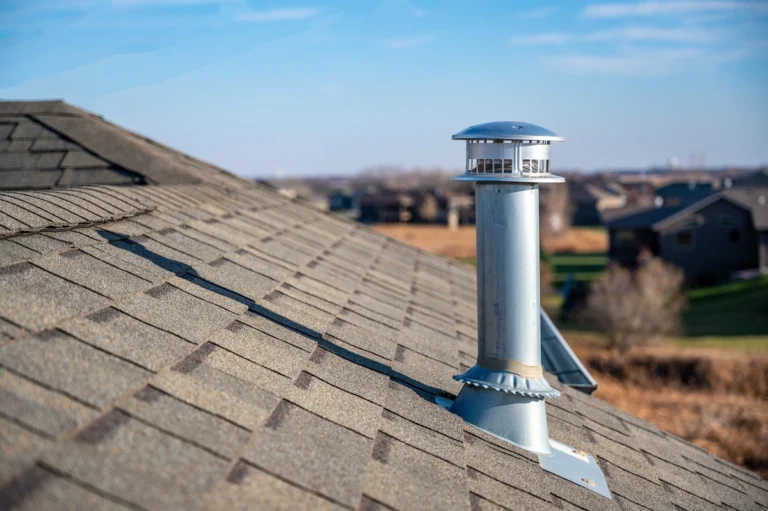
Metal has become increasingly popular among homeowners as a roofing material choice. Not only is it long-lasting (40-70 years), but it’s also incredibly versatile, easy to maintain, and energy efficient. It’s also highly recyclable, making it a very sustainable roofing material.
If you’re looking to replace your roof using metal materials but want to cut costs, you may be thinking about taking on the job yourself. In this case, you would need to first know how to cut metal roofing to size. Consider this your simple DIY to cutting metal roofing.
Read on to learn more.
Getting Started With Metal Roofing
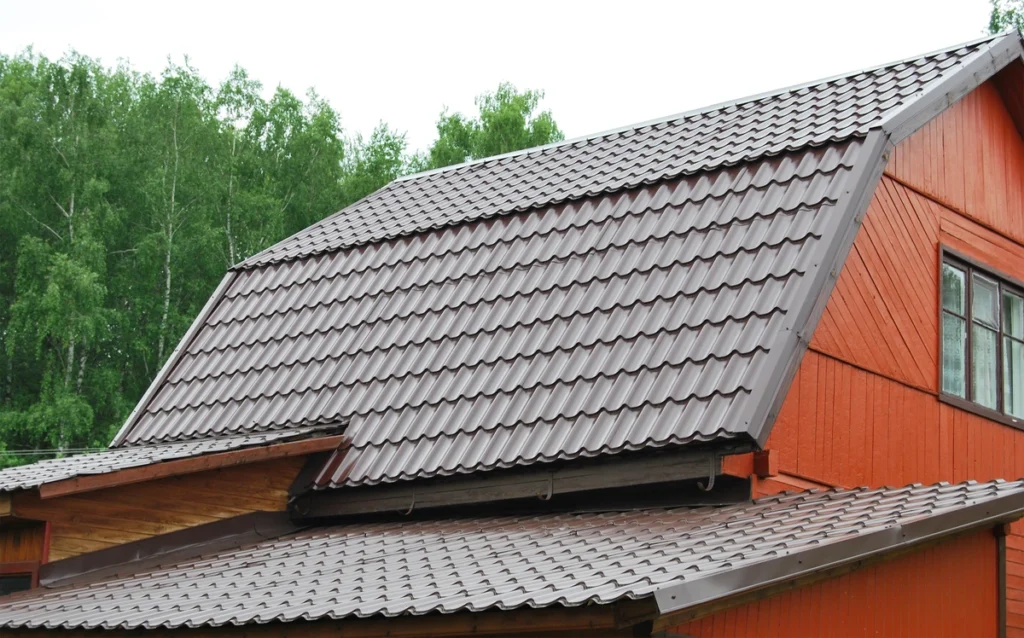
Cutting metal roofing is a task that involves various tools and equipment that ensure the metal is cut properly and to ensure your safety. Here’s what you’ll need:
- Metal roofing sheets
- Safety goggles
- Work gloves
- Proper clothing (long shirt, long pants, and boots)
- Tin snips (or power shears)
- Tape measure
- Adjustable clamps
- Combination square
- Electric drill with a metal cutting drill bit
- Electric drill nibbler attachment (optional)
- A flat and stable work surface
If you’re unsure of whether to use power shears or tin snips, here’s a quick overview of both tools:
- Power shears can be either electric or gas-powered tools that are used to make straight cuts quickly. It’s highly recommended that you invest in power shears to get the job done, especially if you have a lot of metal sheets to cut to size (which you will), as they’re more efficient.
- Tin snips are essentially metal cutting scissors. They’re more ideal for short, precise cuts as well as cutting individual metal sheets by hand, and you can find both right-handed and left-handed tin snips as well as plain tin snips for making either round or straight cuts. If you have a large metal-cutting project in front of you, tin snips will get the job done; it’ll just take a lot longer.
As for buying metal panel roofing, you’ll need to take the following steps:
- Determine how many metal panels you’ll need for your roof
- Use your tape measure to determine the length and width of your roof’s sections
- Divide the total area of your roof by the size of the metal roofing sheets you’ll be using (which will tell you the number of panels you’ll need to buy)
How to Cut Metal Roofing in 4 Steps
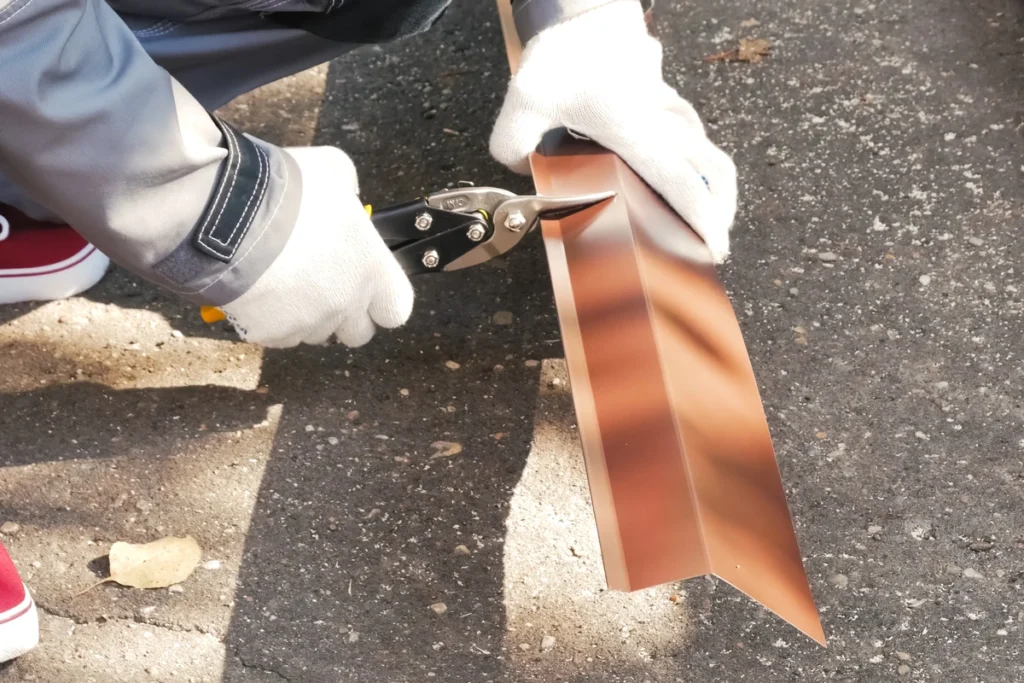
Once you have all of your materials, tools, and safety equipment handy, you can get started on your metal-cutting project. Here are the steps:
1) Prep Your Metal Sheets
- Start by ensuring your workspace is flat, stable, and clean
- Lay your metal roofing sheets down on the workspace with the underside facing upward
- Pin the metal sheets in place using your adjustable clamps so they’re flush against the surface of the workspace
Note: If you’re using corrugated metal roofing, you’ll need to overlap the sheets by two ribs to create a seal upon installation. This will prevent water from seeping into the metal seams.
2) Measure and Mark Your Cuts
- With the roofing calculations you used to purchase your metal panels, determine what the size should be for each panel
- Measure along the sides of each panel using the tape measure and use a permanent marker to mark where you’ll be cutting
- Use your combination square to align each mark by holding it flush against the edge of the sheet
- Use the market to create a straight guideline across the sheet from mark to mark
Keep in mind that these are the lines you’ll be making cuts on. Therefore, you don’t want to make them thick, and you must ensure they’re precise to avoid creating gaps that will lead to leaks and rust — so double-check every measurement!
3) Start Making Straight Cuts
- Now, slowly and carefully, start cutting along the straight guidelines you’ve created.
- If you’re using tin snips, treat them as you would a pair of scissors, lining them up with your guidelines and making short, precise cuts
- Use your opposite hand to hold the sheet and lift it away from the shears as you’re cutting (you can expect the cuts to become more difficult as the edges are raised, so be careful!)
If you’re using the power shears, all you have to do is line them up with your guidelines and gently pull the trigger. Be sure to hold them steady as you move along the metal sheet.
4) Make Your Specialty Cuts
You’ll need to create openings in certain metal sheets to accommodate your other roofing components, such as your vent pipe.
- Measure where the hole will need to go and use your permanent object to make the proper guidelines
- Using the electric trill fit with a half-inch metal-cutting drill bit, create a pilot hole
- Use your tin snips to cut along the guideline slowly
You can also use the electric drill nibbler attachment or tool if you have it or your power shears.
Cutting Metal Roofing Panels Yourself Vs Hiring a Professional
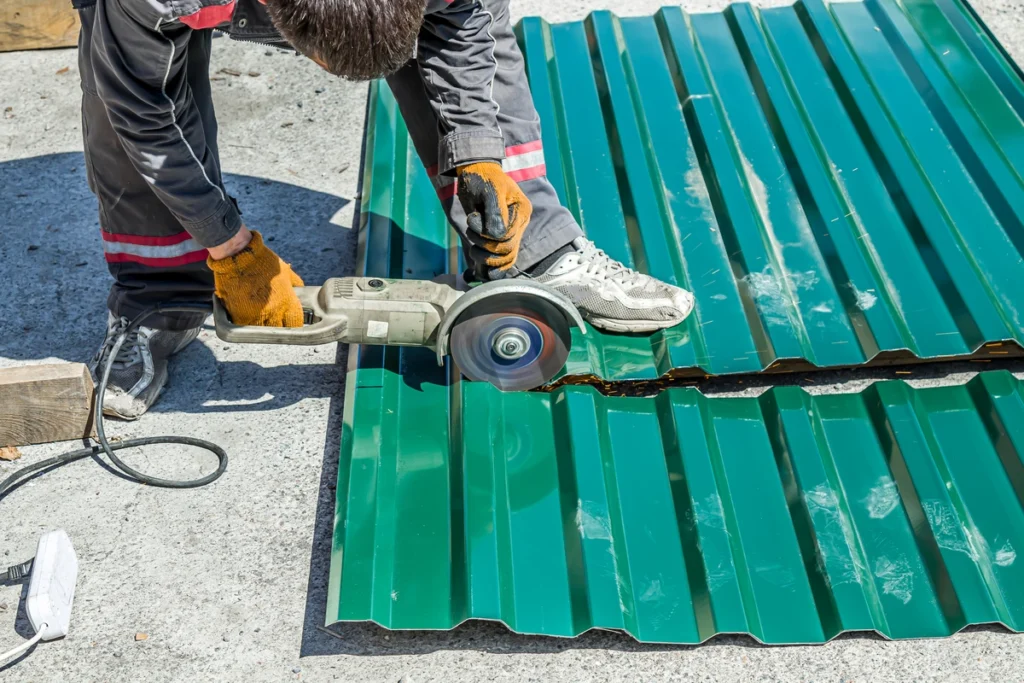
Cutting metal roofing panels is considered a fairly simple task. However, it is tedious, and it can be dangerous when done incorrectly. You’ll also want to consider metal roofing installation, which is a much more difficult job that isn’t recommended for the average do-it-yourselfer.
If you’re unsure as to whether you want to take on the metal roof-cutting job yourself or hire a professional, the primary thing to consider is the costs:
- On average, metal roofing materials cost between $120 and $900 per square. For the average 1,700-square-foot roof, this equates to $2,000-$6,000 on the materials alone (and that’s not including the tools and other supplies you’ll need for the installation).
- The average cost to have metal roofing installed professionally ranges from $6,000 to $16,000, depending on the type of metal roofing material you choose.
Trust Shingle and Metal Roofs for Your Metal Roof Installation
While the DIY method can save you an average of $3,000, it’ll cost you more in the long run if you don’t cut and install the metal panels properly. You won’t have a safety net in regards to a workmanship warranty and most likely a manufacturer’s warranty, which means you’ll be fully responsible for any damages caused by moisture buildup and even storms. Why risk it? Call the expert roofers at Shingle and Metal Roofs today for a free estimate. We’ll walk you through all of your options regarding metal roofing materials as well as the warranties that come with them so you can have peace of mind knowing the job is done correctly and comes with a backup plan!

